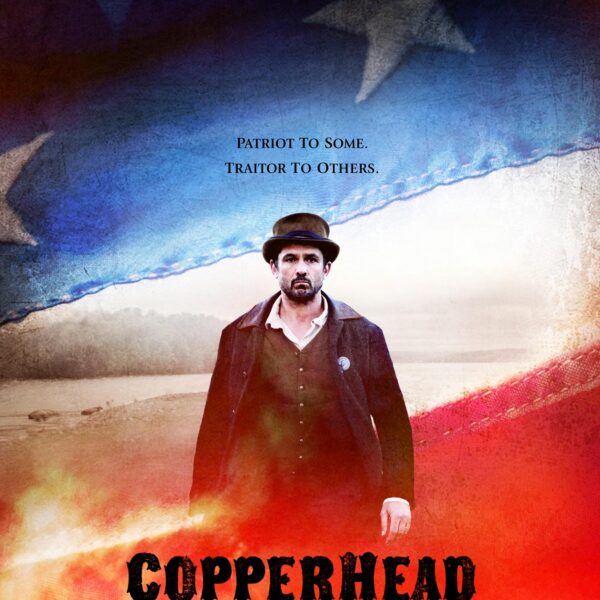Discussion of the skirmishes fought on the mountain passes of western Maryland in mid-September 1862 is usually met with wide eyes. Although South Mountain is traditionally written off as an insignificant precursor to the devastating bloodshed that followed three days later at Antietam, Brian Matthew Jordan’s comprehensive study recasts this battle’s importance. In Unholy Sabbath: The Battle of South Mountain in History and Memory September 14, 1862, Jordan concludes that South Mountain was an essential turning point in the Maryland Campaign, all while seamlessly detailing how its legacy has shifted over time. In doing so, Jordan achieves his goal of “restoring the combat on the slopes of South Mountain to the prominent place its veterans accorded it in their memories” (xiii).
By meticulously presenting the social, political, and military circumstances at that moment in September 1862, Jordan allows the reader to fully comprehend the magnitude of what was at stake. Thread by thread Unholy Sabbath unravels the fighting at South Mountain, providing a readable assessment of each battle: Fox’s Gap, Turner’s Gap, and Crampton’s Gap. Those seriously interested in the military maneuvers might also consult John David Hoptak’s The Battle of South Mountain (2011). Several supplemental maps outlining troop movement along with the harsh wooded and rocky terrain reveals how even the most seasoned troops staggered. While Lee never intended to make a stand at South Mountain, the infamous “lost orders” or Lee’s Special Order No. 191 gave General George McClellan uncharacteristic confidence in dividing his troops, and forced Confederates into a defensive position on the gaps (96). Battle records acknowledge the fight at Fox’s Gap as one of, if not the earliest, recorded example of grisly hand-to-hand combat in the Civil War (142). Eventually, Lee issued an unprecedented withdrawal of his troops in order to avoid the total annihilation of his army.
Unlike previous histories that focus heavily on battle strategies, Unholy Sabbath strikes a fine balance between describing military tactics and exploring the larger consequences on the Maryland Campaign. Although South Mountain was a rejuvenating Union victory that ultimately forced Lee to rethink his plans of a glorious northern invasion, the vastly outnumbered Army of Northern Virginia managed to delay McClellan and, in turn, sealed the fate of Col. Dixon S. Miles’ troops at Harpers Ferry (301). The rebel loss also helped bolster Lincoln’s courage as he issued a preliminary emancipation proclamation less than a week later on September 22. The battle claimed the lives of Union Major General Jessie Reno and Confederate Brig. General Samuel Garland, Jr., while also injuring would-be-president Rutherford B. Hayes. Perhaps the greatest significance was the fact that South Mountain delivered the Army of the Potomac a pivotal victory in the Eastern Theater. However, with Union victory on the battlefield came the grim task of burying the dead and gathering the wounded, which Jordan discovered had an especially powerful effect on the soldiers’ renditions of the battle. Quickly it became clear that “any Confederate dream of ending the war in Maryland in a single grand battle was gone forever” (302).
The final chapter of Unholy Sabbath delves specifically into changing memories of South Mountain. Union veterans proudly recalled their victory, but as the author states, “architects of the Lost Cause helped shepherd the Maryland mountain combat off the main stage” (309). While these records prove that Yankees recognized and even celebrated the victory, the Confederates sought to underscore their loss that tarnished the heroic legacy of their beloved leader. Adding to the author’s desire to publicize the importance of South Mountain to history, in a closing interview he reveals that South Mountain regularly appears on lists of the top endangered Civil War battlefields, despite having many original features still intact (352-353).
Overall, Jordan attributes the pervasive removal of South Mountain from popular memory to the overshadowing legacy of Antietam, widespread success of the Lost Cause Myth, and public contempt for McClellan. This research, extracted from archival records, period diaries, official battle histories, veterans’ account and newspaper articles from the postwar decades effectively demonstrates that South Mountain was not merely an extension of Antietam, but instead a battle of significance and worthy of individual reassessment. Some readers might wish the author had focused more exclusively on analyzing memory throughout the text; however, the incorporation of soldiers’ accounts from both the North and South provide plenty of fulfilling opportunities for reflection. These personal glimpses into the past help fashion a refreshing sense of the men themselves, and caution historians evaluating what is deemed worthy of scholarly analysis to reconsider the troop’s experiences on the battlefield. Unholy Sabbath will easily attract a more generalized audience interested in the Civil War while the thorough research will please academics. The use of footnotes, full appendix listing Union and Confederate losses, battle maps, interview with the author, index, and ample bibliography are sure to satisfy future researchers. This newly crafted view of South Mountain and how veterans have chosen to remember—or in the case of many Confederates forget this battle—restores the men who fought there to a prominent place in memory. Unholy Sabbath is a welcome addition for any interested in South Mountain and its regimental histories, the 1862 Maryland Campaign, or Antietam.
Kaylynn L. Washnock is a Ph. D. Student in History at the University of Georgia.





